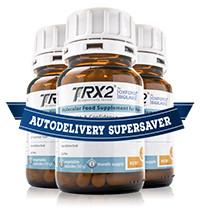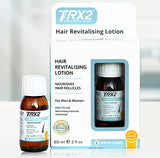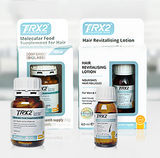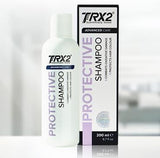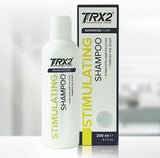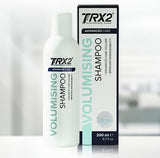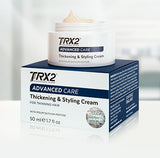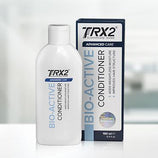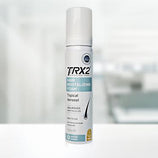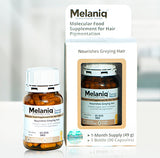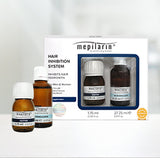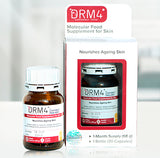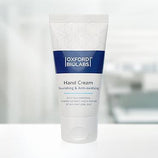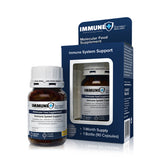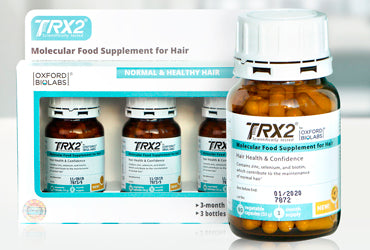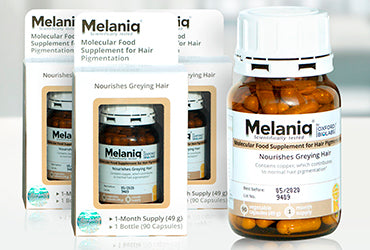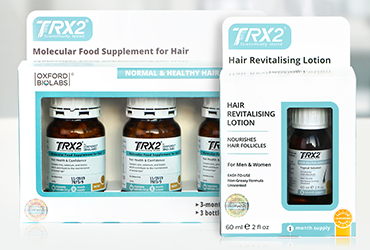We are transitioning to colder weather, so our skin demands extra attention. Cold is one of the leading causes of dehydration. It can strip the skin of oils and moisture, causing dehydrated skin signs such as flaking and cracked lips. The contrast between the low temperature outside and warm indoors is no good either. It may increase the risk of vascular reaction, eczema, rosacea, or psoriasis.
The colder season calls for a change in our skincare routine. We also have to understand our skin type and, therefore, what to avoid or include in our skincare regimen. Well, here are a few tips to include in your skin routine during winter
Layer Up
Comparing a change of skincare to an upgrade of your wardrobe during winter may come off as a cliche, but it is the best analogy here. Your skin needs treatment for dehydration just as your body needs a wardrobe upgrade of warmer clothes. In this case, we are talking about addressing various skin concerns with more than one product.
Start with the lightest as you work to the heaviest — for example, watery toner followed by serum, then moisturizer. You should embrace doing so even at night, going for a more occlusive and rich product. Recovery masks are not a bad idea because they contain great moisturising ingredients.
Put on a Face Mask
A mask can be a great moisturiser – its extra-soft fibres make for a nice treat for dehydrated skin on the face. Create time for one, especially at night. An overnight mask is especially useful because your skin undergoes circadian rhythms, where moisture levels start to drop in the afternoon and through the night.
The evening mask also provides an excellent opportunity to integrate specific ingredients into your skin regimen to prevent a dehydrated face. For instance, you may want to go for masks with ceramides and aloe if you are dealing with eczema. What’s more, for anti-ageing benefits, consider adding ingredients such as retinol and bakuchiol.
You also want to consider not wiping off all the excess liquid from your sheet mask. Instead, massage it into your skin for added hydration.
Wear Sunscreen
A common misconception is that you don’t need sunscreen during winter because the sun doesn’t shine as much. While UVB levels are usually lower during this period, the UVA (UV-Ageing) rays are still significant enough to age your skin.
Go for cream with a minimum of SPF10. It should be adequate to lower your risk of wrinkles, loss of collagen, pigmentation, and skin cancer.
Tweak Your Routine (Swap Moisturizer for cream)
The golden rule for winter skincare for dehydrated skin is hydration. The lighter lotion that took you through the sunny days may not be adequate for the colder weather. Try swapping your moisturiser for cream, especially if you find yourself having to reapply the moisturizer during the day.
Another option is going for a well-balanced moisturiser, featuring humectants, emollients, and occlusives. Humectants include hyaluronic acid and glycerin. They are lightweight substances that help get water from the air to the skin. Emollients in creams and lotions help with skin barrier function, while occlusives are waxes and oils that block water from escaping your skin.
Take Extra Care of Your Eye Area and Lips
Firstly, avoid licking your lips when they feel sore because this will only worsen the dryness, causing lick eczema. Besides, use an effective ointment to seal your lips before meals because some foods such as tomatoes may irritate chapped lips.
The skin around the eyes, too, is thinner with little-to-no oil glands for protection. Consider applying serums and oils around the eyes to soothe and protect the skin, especially if you notice dryness around this region.
An eyelash vitality serum is also great for your eyelashes – it shields your lashes from the cold weather and improves their health, thickness, and length.
Humidify against Central Heating
Your skin and sinuses will dry out when you are indoors because of the heating system. Consider setting a humidifier by your bed to keep your skin and air passages comfortable. A DIY variation involves putting pots of water near the radiator.
Stay Hydrated
Staying hydrated every time is crucial for the body’s health and basic treatment for dehydrated skin. It may sound obvious, but be sure to drink lots of water. Also include foods with higher water content — like broccoli, tomatoes, carrots, oranges, sprouts, spinach, apples, berries, and cucumbers, among others — in your diet.
Cut Back on Shower Time and Temperature
Wait, what! Isn’t this the optimal time for long, hot baths? Unfortunately, prolonged exposure to hot water can strip your skin of its natural oils and moisture. If you must, try layering with a cleansing oil before getting into the bath or shower. What’s more, layer your skincare or body care while the skin is still damp to lock moisture in.
Get a Facial
Facial massages are great at keeping your skin warm while also improving circulation. They boost lymphatic drainage and help reduce tension and inflammation, which will be helpful when you start experiencing symptoms of dehydrated skin.
You can also incorporate one into your daily routine. Start your day with a gentle massage – apply your cleanser, oil, cream, or moisturiser, use your hands to work around the eyebrows, under the eye, eyelids, cheekbones, temples, mouth, and jawbone. Incorporate facial tools if you have any.
Mild Exfoliation
Although most people think exfoliation is best avoided on dry dehydrated skin, the opposite is true. It helps to use a mild exfoliator to remove dead cells. Getting rid of the dry cells from your skin surface will enable deeper absorption of your skincare products.
Wear Comfortable, Breathable Fabrics
The layers close to your skin should be light and soft. Keep wool and other rough clothing away from direct contact with your body because they may irritate dry skin and cause itchiness.
Although you are trying to transition your skincare routine to cope with the cold, remember that too much change may not be good for your skin either. Rather than a complete overhaul of your products, the most important thing is to understand your skin type and needs. Then, make simple changes according to how you may respond to the environment and different products.
